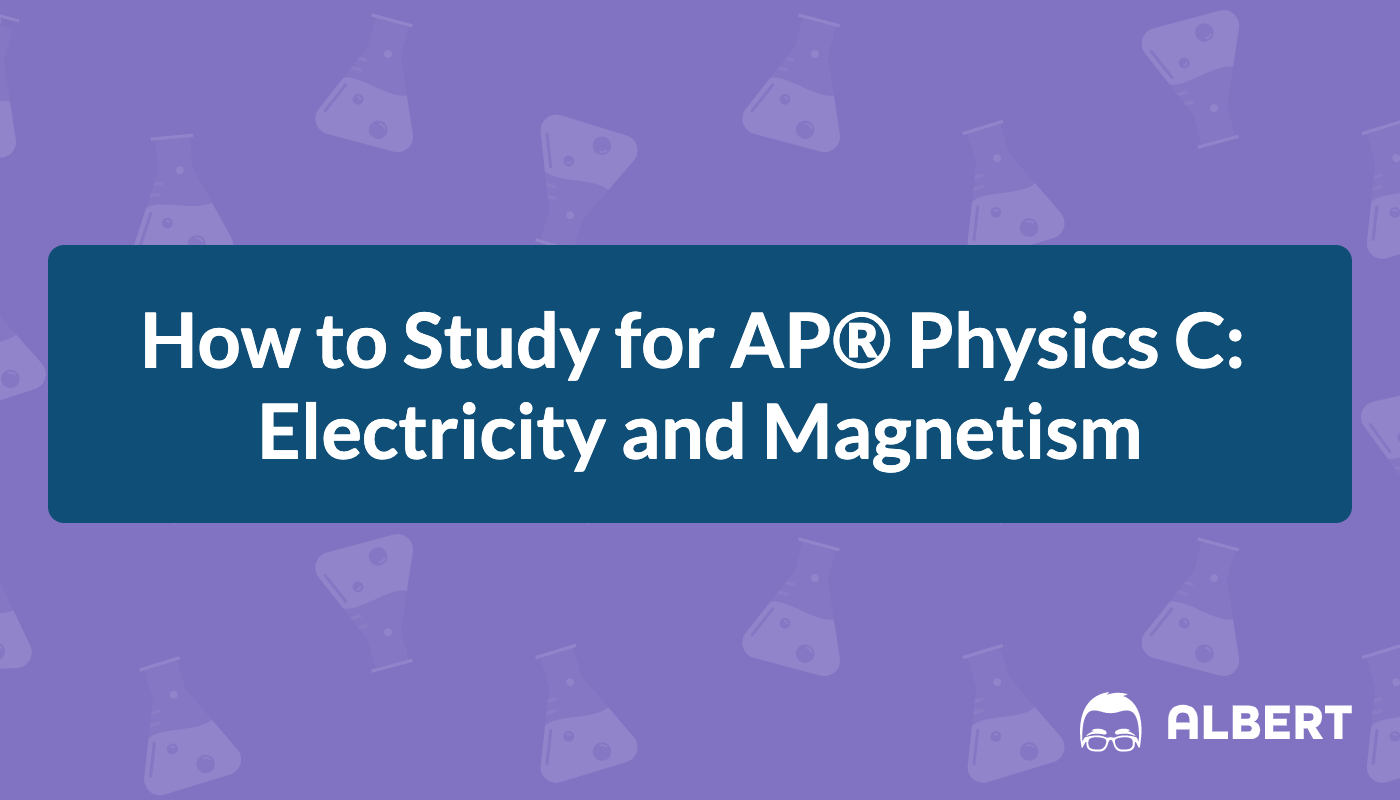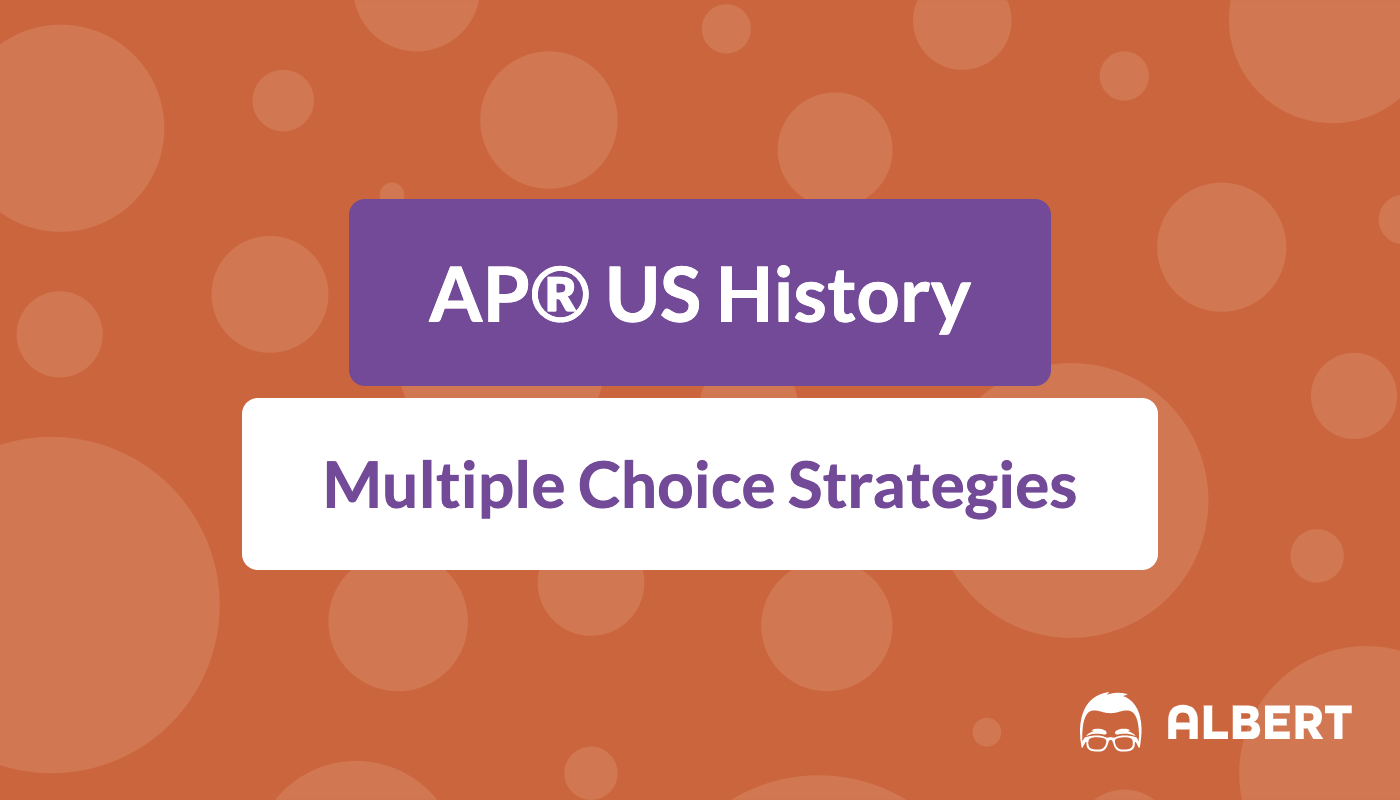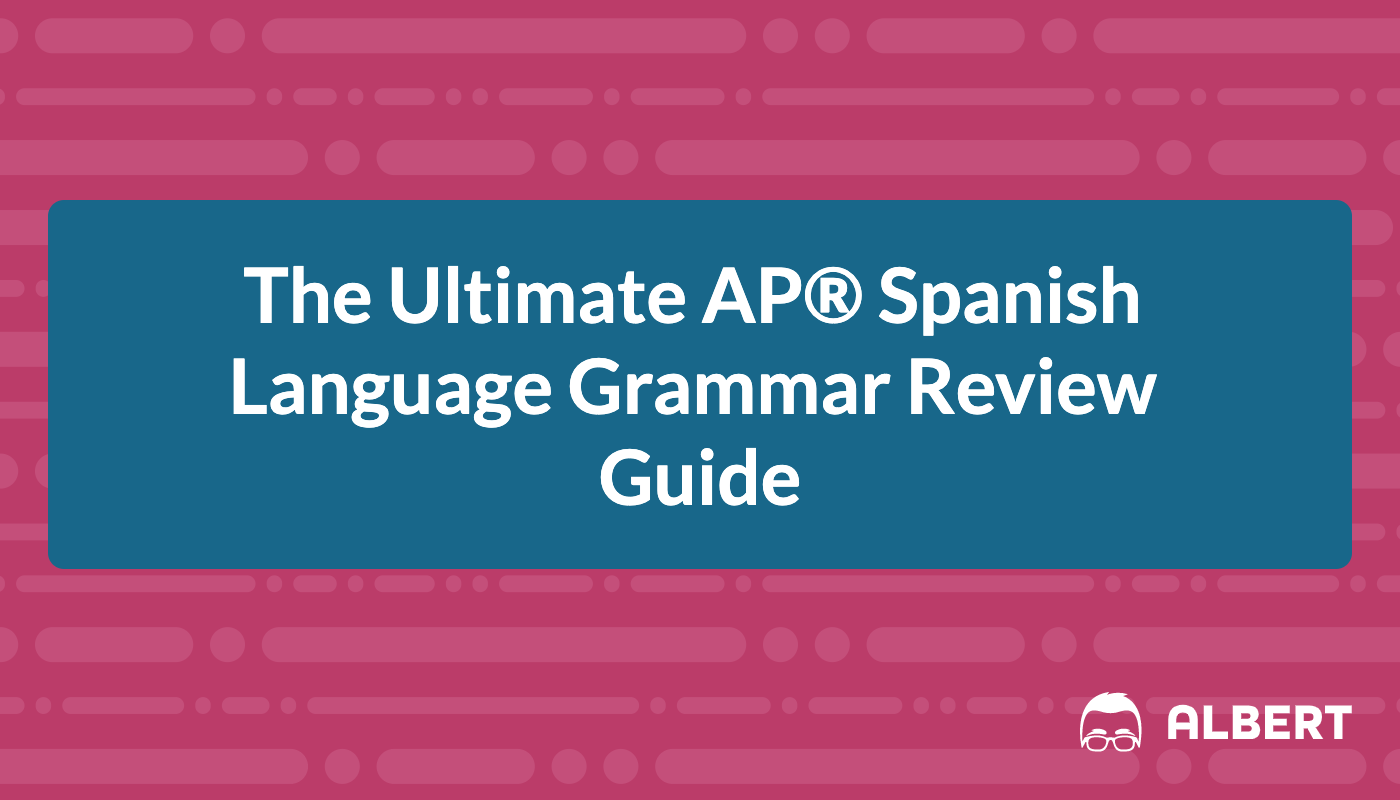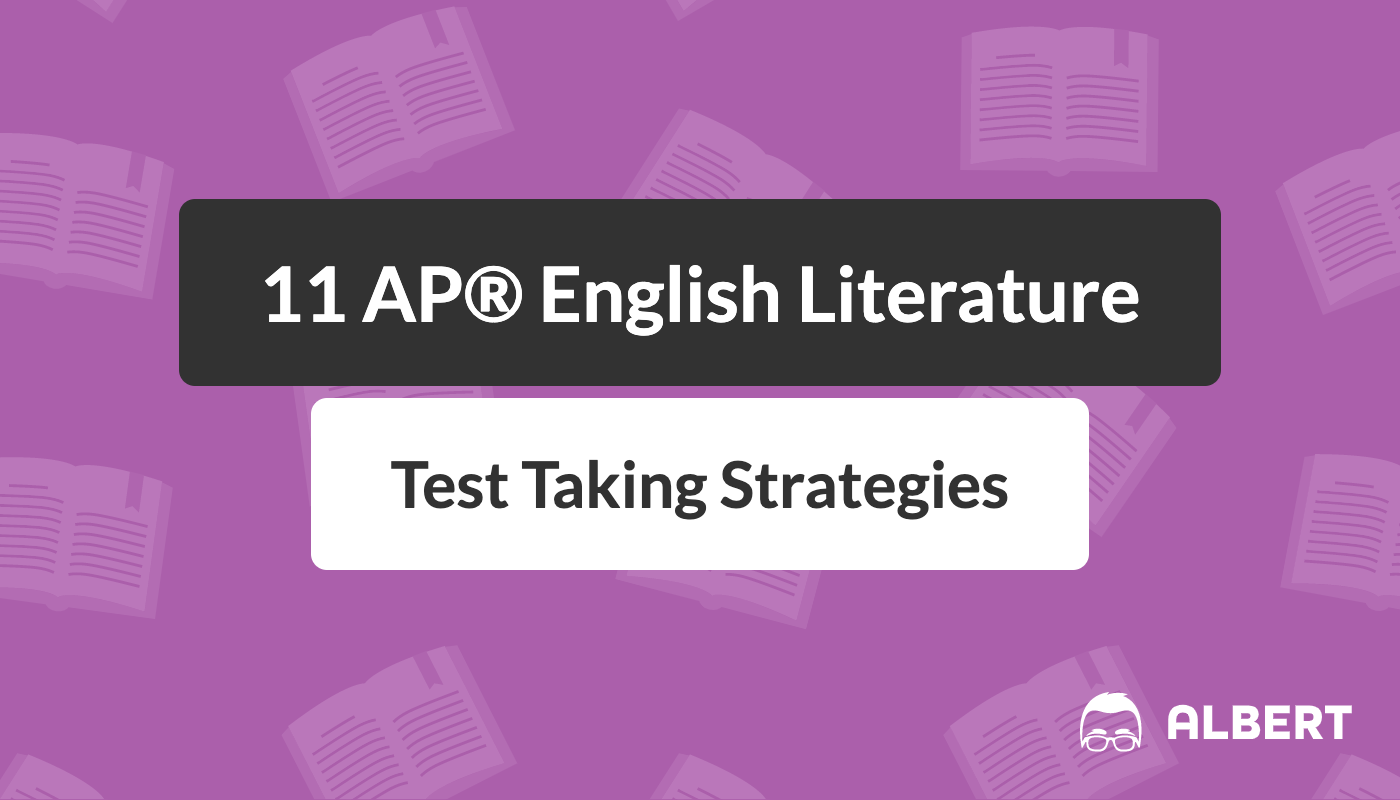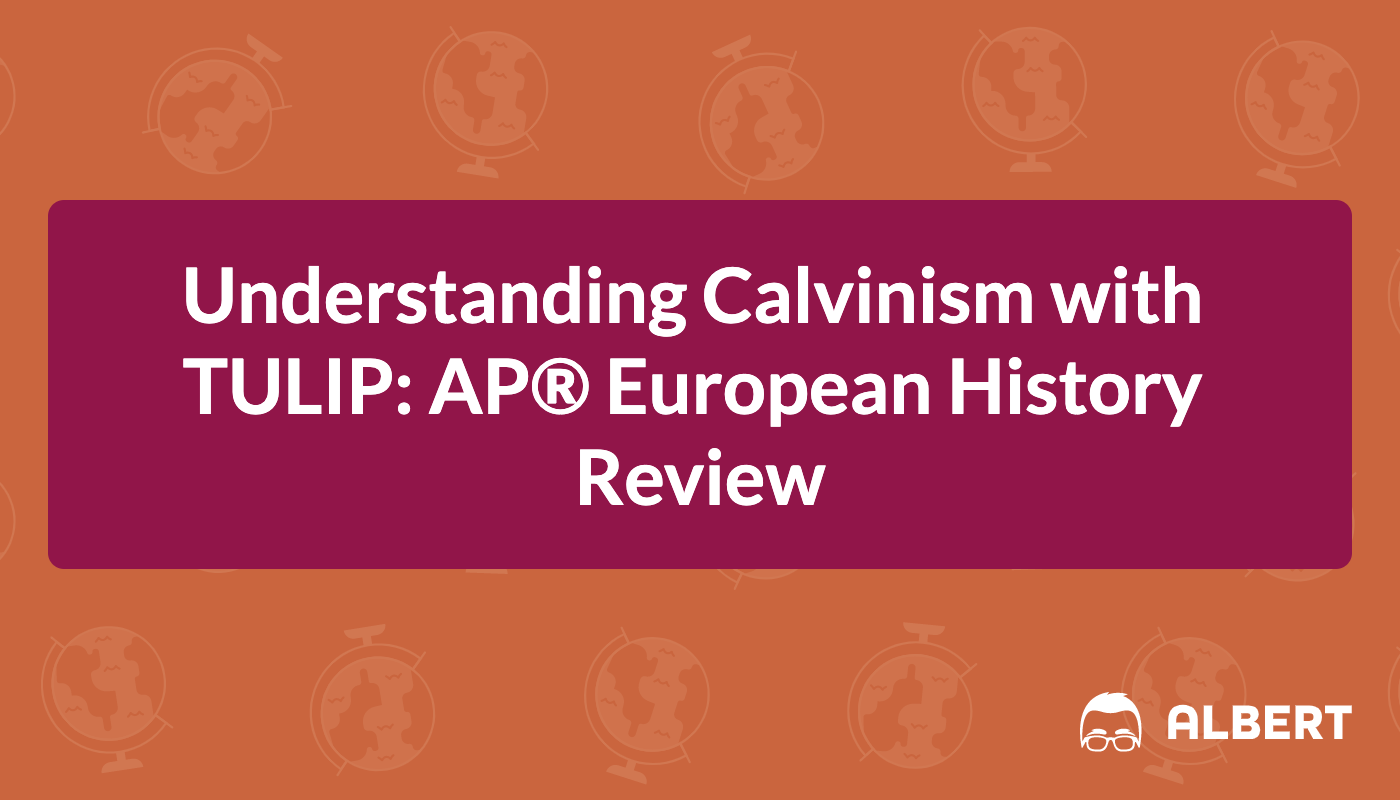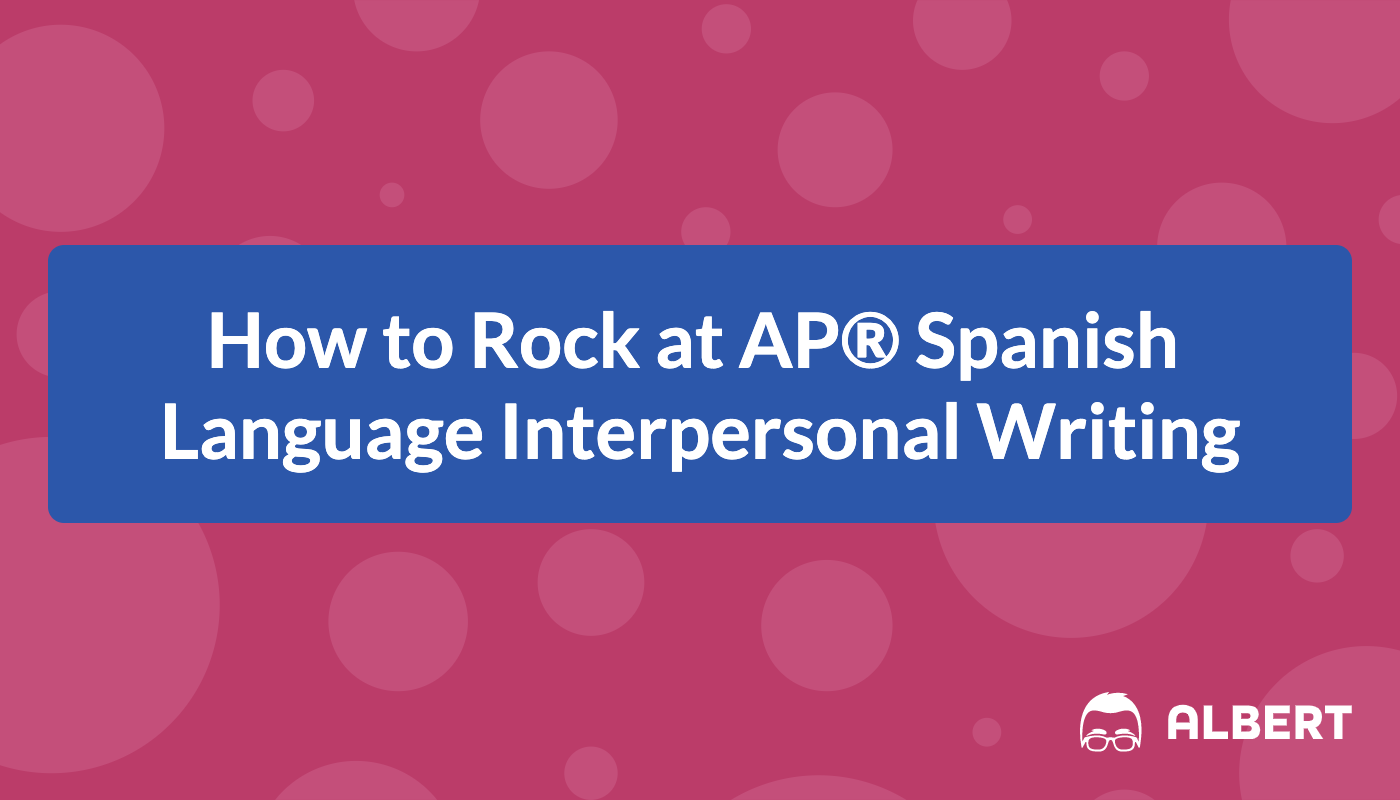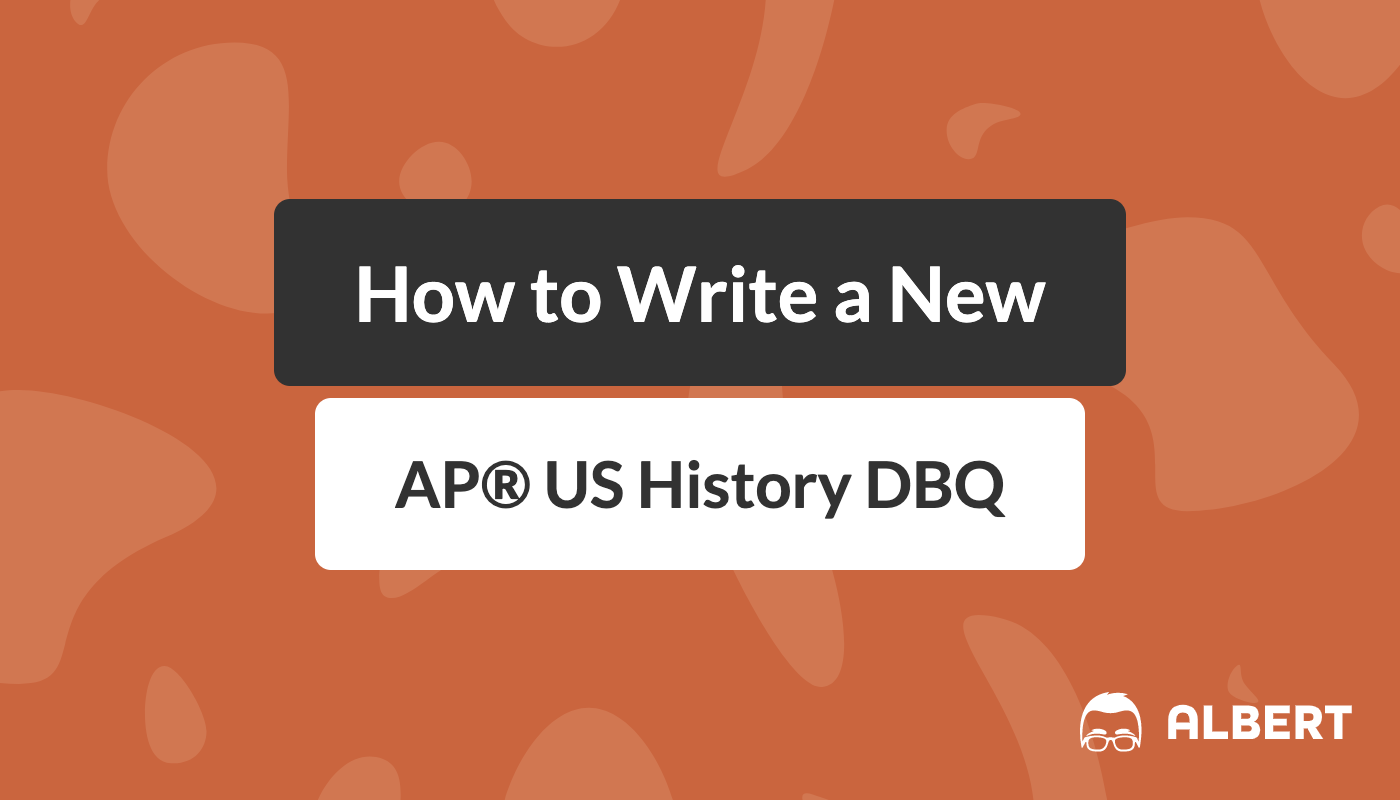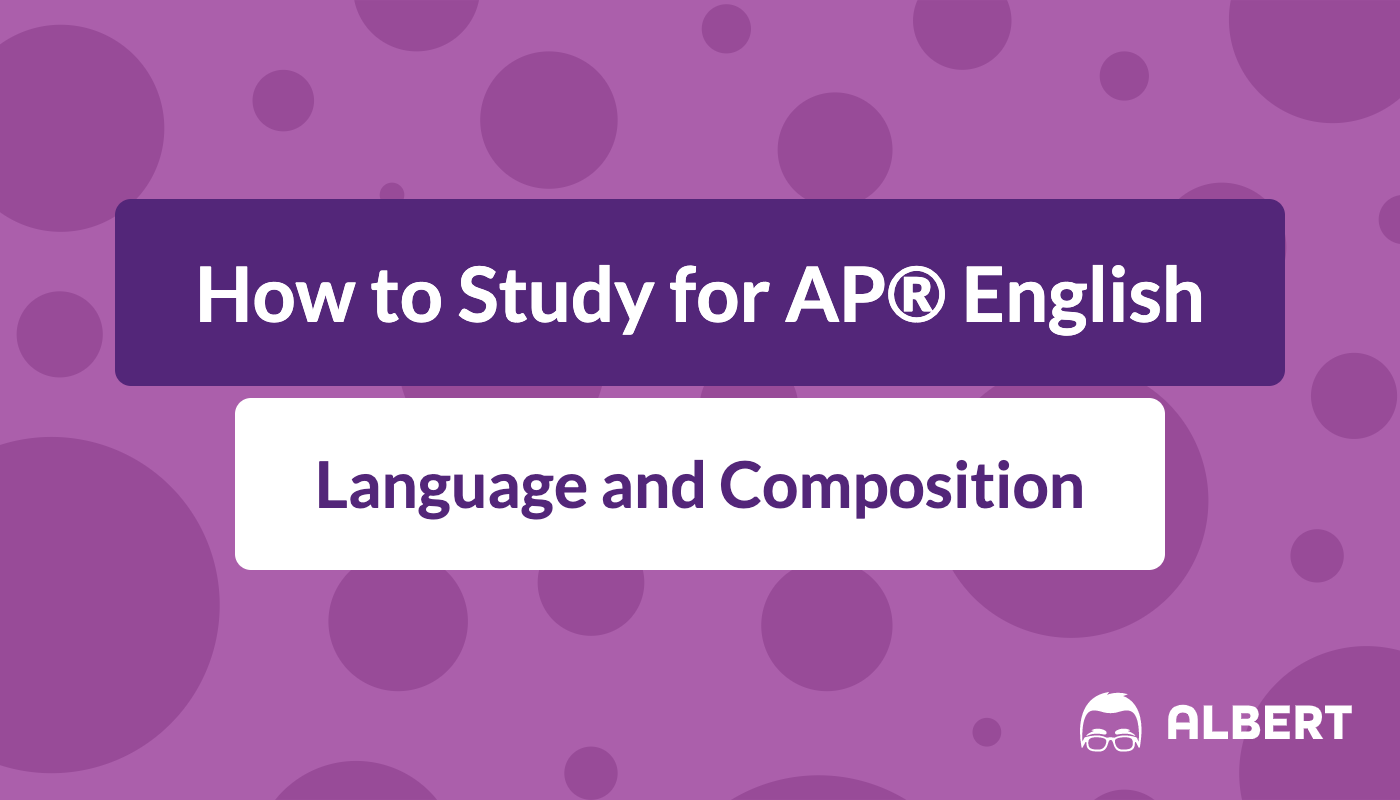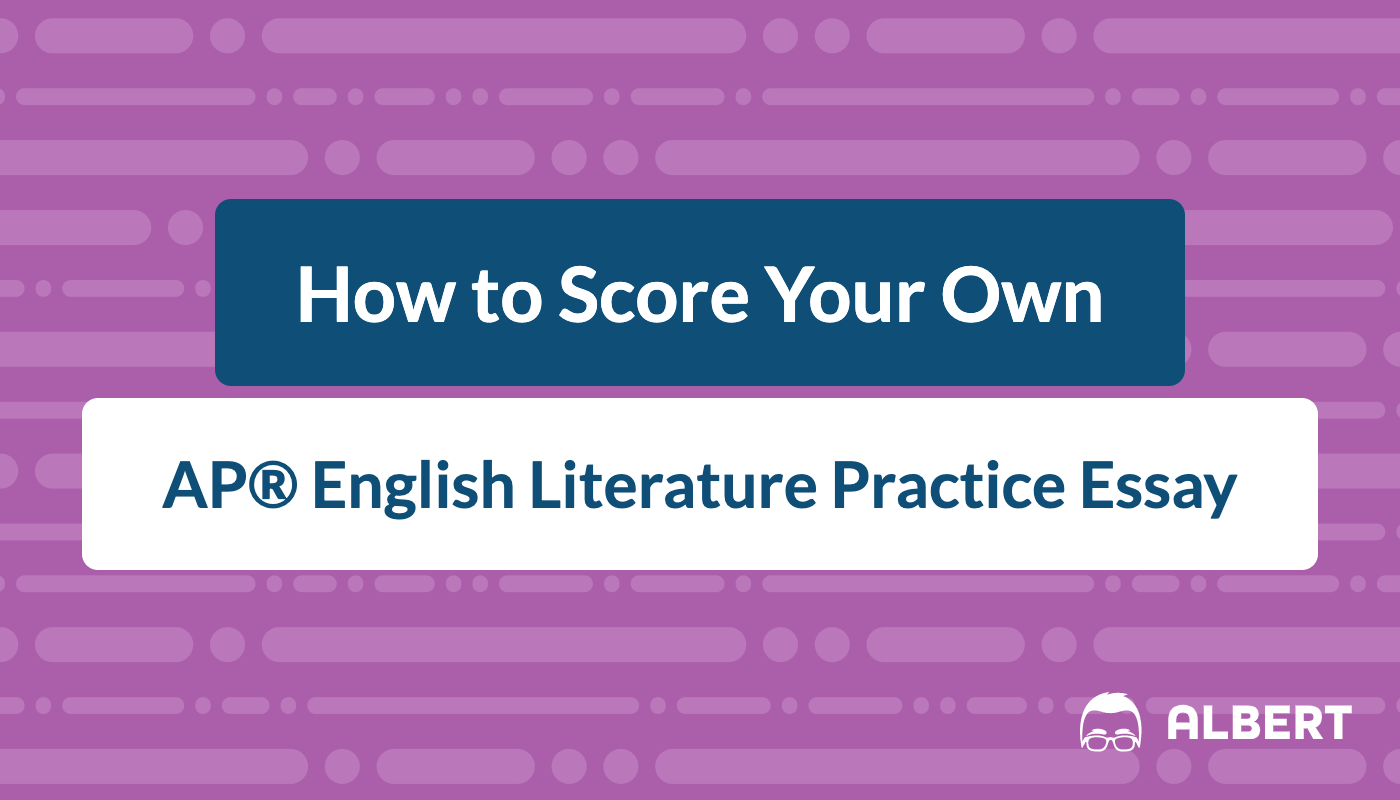So here’s the thing: the AP® Spanish Language exam won’t be asking you grammar questions specifically, but graders will be watching your every grammatical move. But have no fear; we have all the tips you need to review the basics, and even the trickiest concepts. These aren’t all the topics in the Spanish language, but they are the most common on the exam; with these tools in hand, you’ll be well on your way to a 5 in May.
Let’s start with the basics: Verb Tenses
Present Tense
Take the infinitive form of a verb, chop off the last two letters, and add a new ending. It’s that simple!
| -AR verb endings | -ER / -IR verb endings |
| -o -amos | -o -emos |
| -as -áis | -es -éis |
| -a -an | -e -en |
Here’s a simple example: the verb hablar.
yo hablo
tú hablas
él/ella/Ud. habla
nosotros hablamos
vosotros habláis
ellos/ellas/Uds. hablan
Now let’s go to the hard part:

